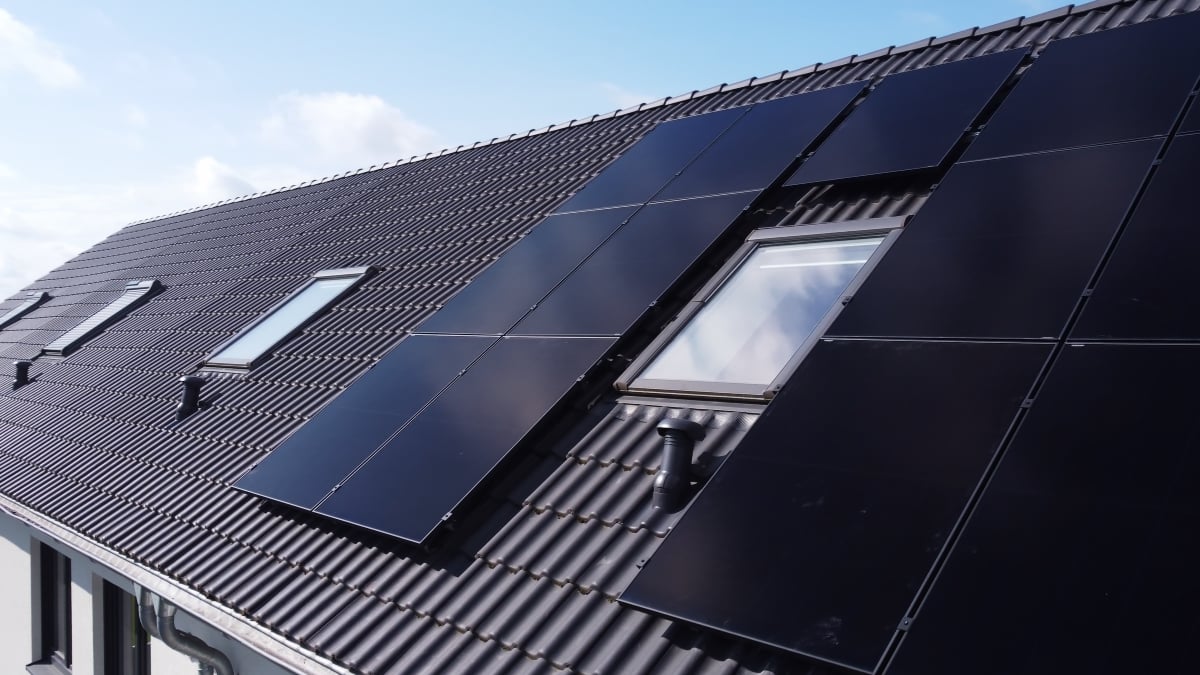
Solar panels, or photovoltaics (PV), capture the sun’s energy and convert it into electricity to use in your home.
Installing solar panels lets you use free, renewable, clean electricity to power your appliances. You can sell extra electricity to the grid or store it for later use.
There are over 1.3 million installations on homes across the UK – see where the UK solar panel hotspots are.
Let’s look at how they work and whether they’re suitable for your home.
How do solar panels work?
When the sun shines on a solar panel, solar energy is absorbed by individual PV cells. These cells are made from layers of semi-conducting material, most commonly silicon.
The PV cells produce an electrical charge as they become energised by the sunlight. The stronger the sunshine, the more electricity generated. But cells don’t need direct sunlight to work and can even work on cloudy days.
This electrical charge creates a direct current (DC) of electricity.
The direct current passes through a solar inverter to turn it into alternating current (AC) electricity. You need AC electricity to run your household appliances.
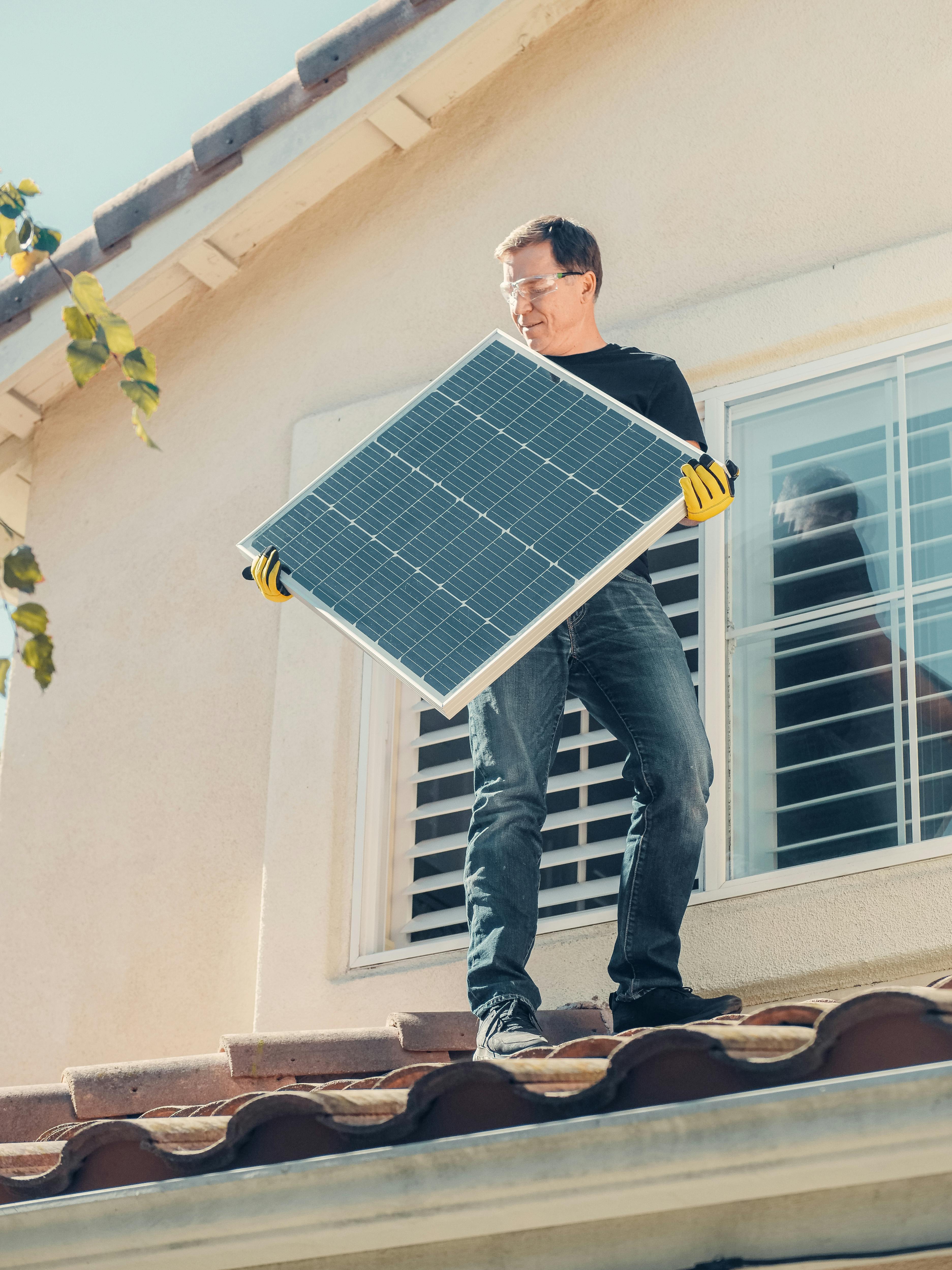
What are the benefits of solar panels?
Cut your electricity bills
Sunlight is free, so once you’ve paid for the initial installation, your electricity costs will be reduced.
Cut your carbon dioxide emissions
Solar electricity is a clean, renewable energy source. A typical home solar panel system could save around one tonne of carbon per year, depending on where you live in the UK. That’s the equivalent of driving 3,600 miles, or from London to Bristol 30 times.
Sell extra energy to the grid
Export the electricity you can’t use yourself and get paid for it. The Smart Export Guarantee lets you sell extra electricity to the grid.
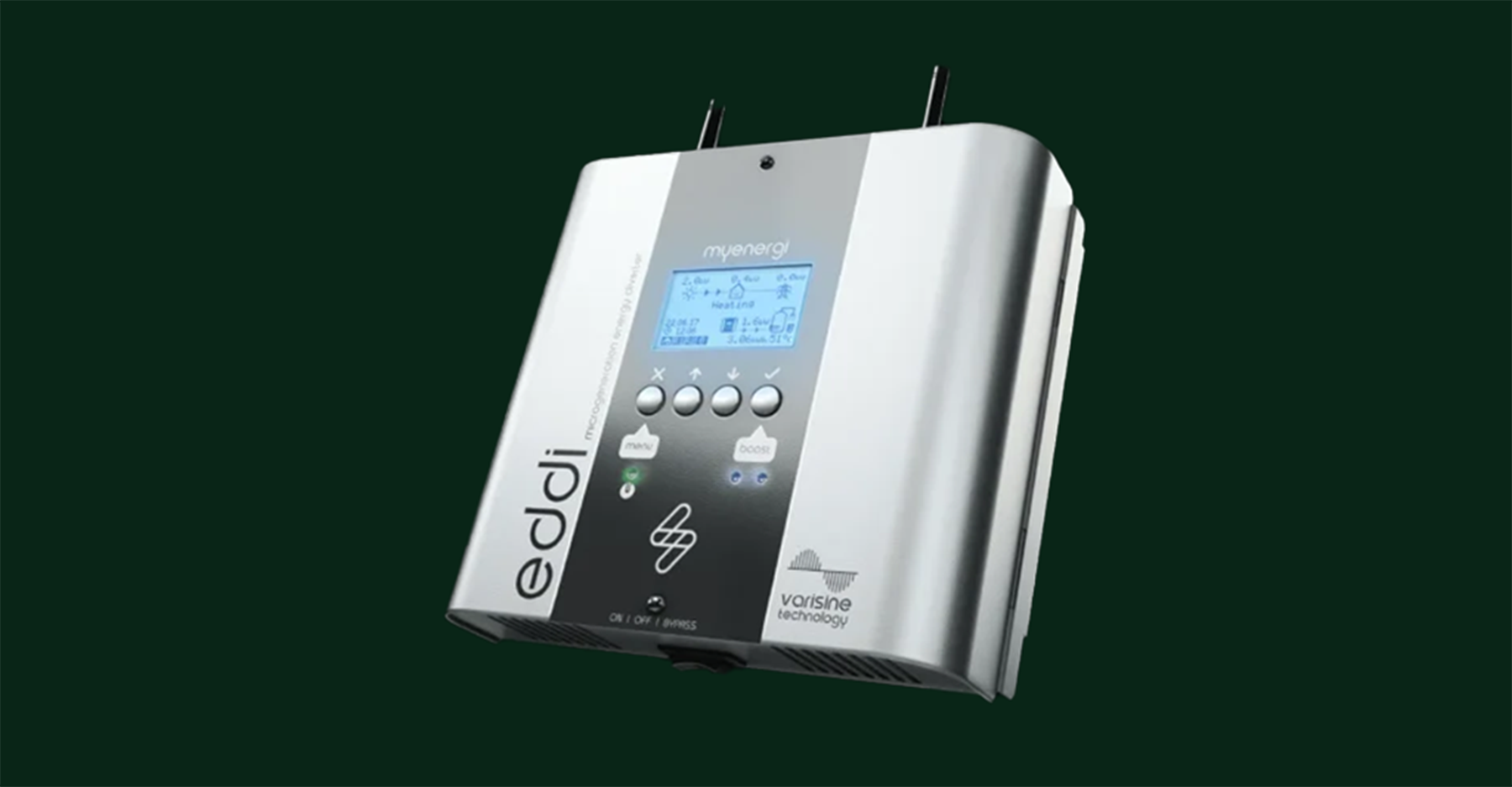
Installing a solar diverter
Instead of sending surplus electricity to the grid, a solar diverter switch can power the immersion heater in your hot water tank, storing hot water for you to use later. On its own, excess solar energy is unlikely to meet all your hot water needs, but it can help reduce your bills. A solar diverter switch installation could add around £800 to your installation costs. You’ll need to replace your diverter after around 12 years. If you’re interested in using solar diverter, speak with your installer. They might also suggest increasing the number of solar panels on your roof to provide more electricity for your hot water needs.
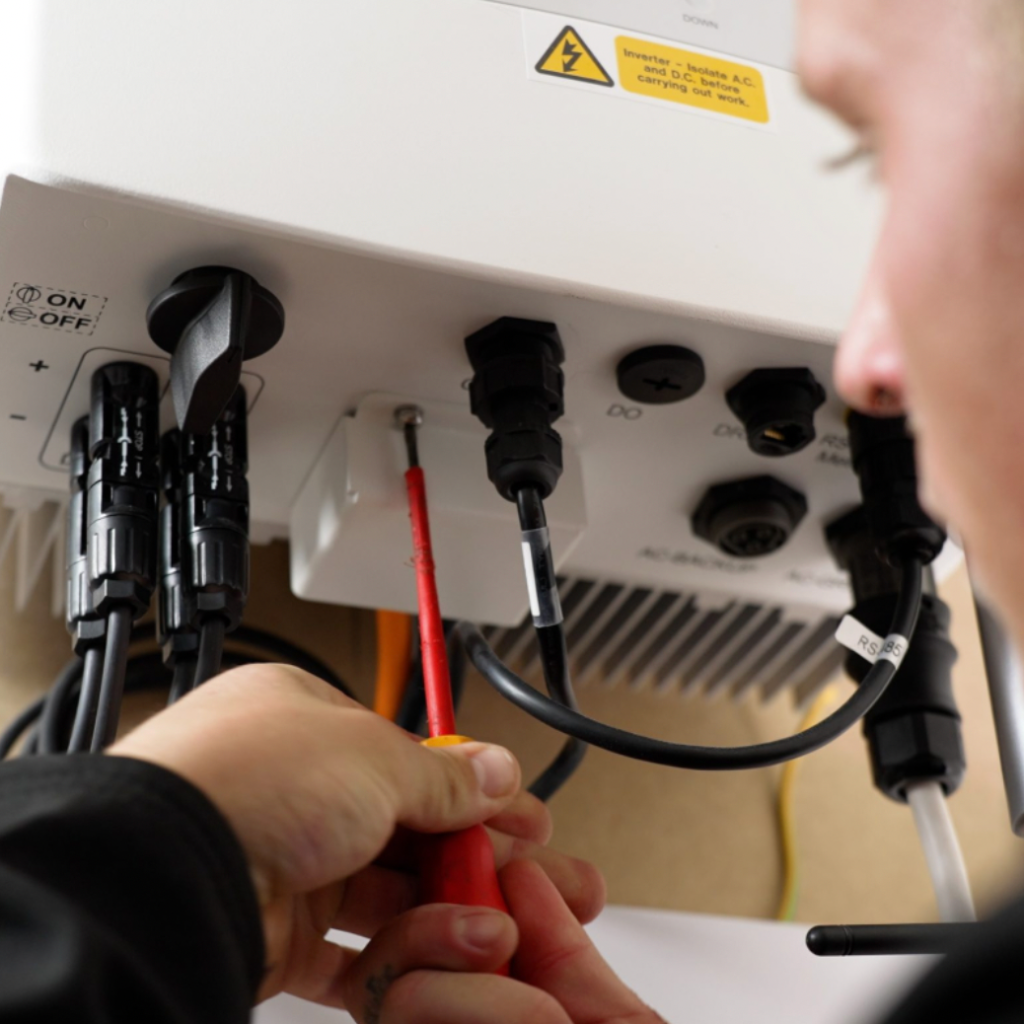
How much do solar panels cost to install?
Generally, domestic solar panel systems are around 3.5 kWp and cost around £7,000. The cost depends on:
- the size of system
- any difficulty accessing your roof
- whether you choose panels or tiles
- whether you integrate the panels into the building
- whether you need to renew the roof covering
You can lower the cost of installation costs if you already have scaffolding up for roof repairs or if you’re building a new house. The cost of ground-mounted solar panel systems is more difficult to predict, as there are more variables such as:
- the type of mounting frame
- how far away it is from your house
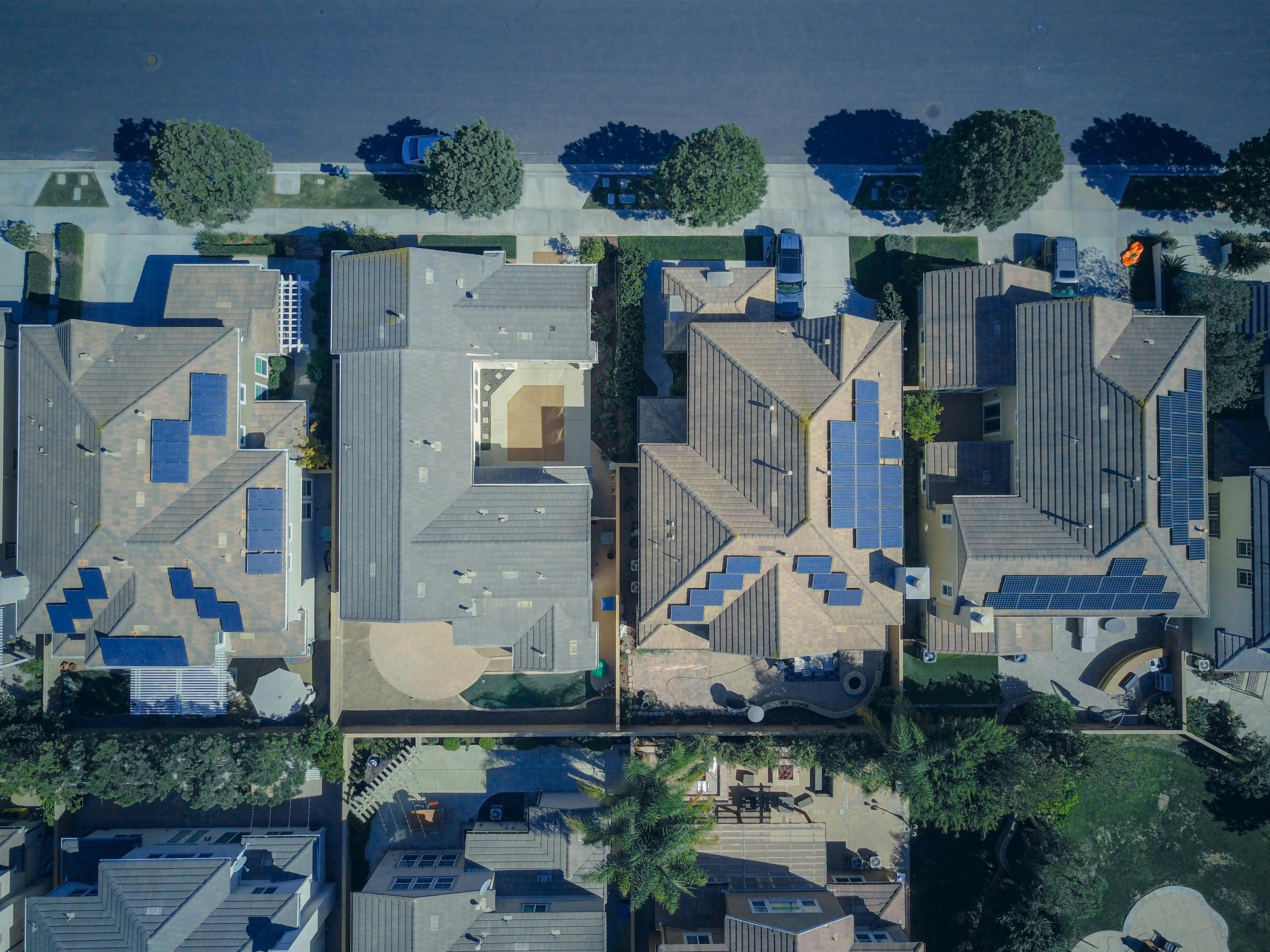
How much will I save with a solar panel system?
The amount you could save using a solar panel system depends on:
- How much of the solar electricity you’re able to use yourself.
- Whether you sign up for export payments like the Smart Export Guarantee.
- Where in the UK you live, as areas further south get more direct sunlight.
How do I maintain a solar panel system?
You don’t need to do much to keep your solar panel system running well. The main thing is to keep nearby trees well-trimmed to minimise shading where possible.
In the UK, rain will clean your panels if they’re tilted at 15 degrees or more. Debris is more likely to build up if you have ground-mounted panels, or if you live in an area with more dust in the air. In these cases, you might need to have the panels cleaned occasionally.
Your solar panel installer should leave written details of any maintenance checks that you should make to ensure everything is working properly. This should include details of the main inverter fault signals and key troubleshooting guidance.
Ideally, your installer should show this to you after installing the system. Speak to your installer for how much maintenance the panels need before you commit to installing anything.
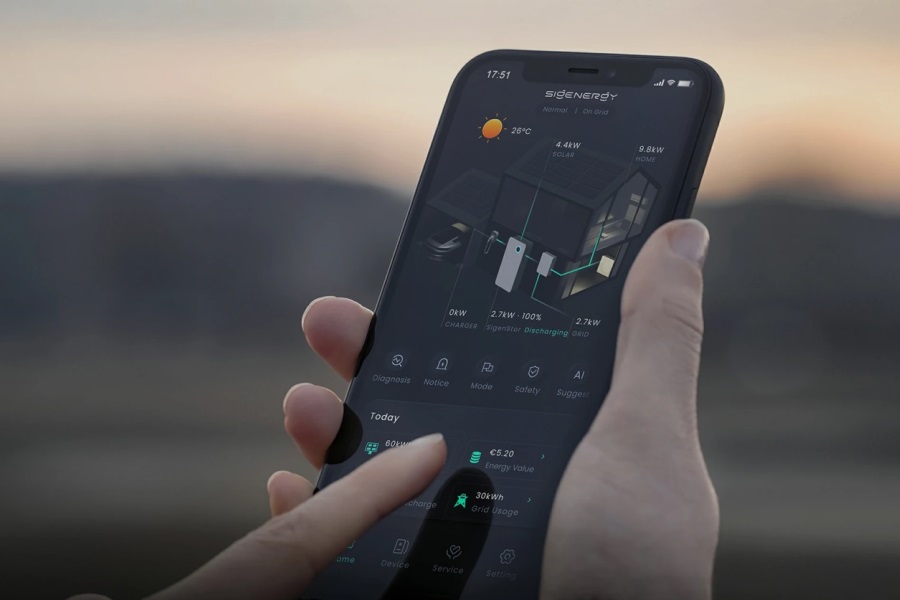
How do I get solar panels?
- Use our solar panel calculator to get an idea of what size system is right for you.
- Get quotes from at least three installers. Make sure the installers you look at are MCS-certified, which ensures they adhere to a strict code of conduct. It’s also worth getting quotes for a solar battery.
- Agree a quote with an installer and book an installation date.
- The installer will install scaffolding before adding the mounts, panels and battery.
- The inverter is connected to your home so you can start using the electricity generated.
- The installer should test the system and talk you through how it all works.

